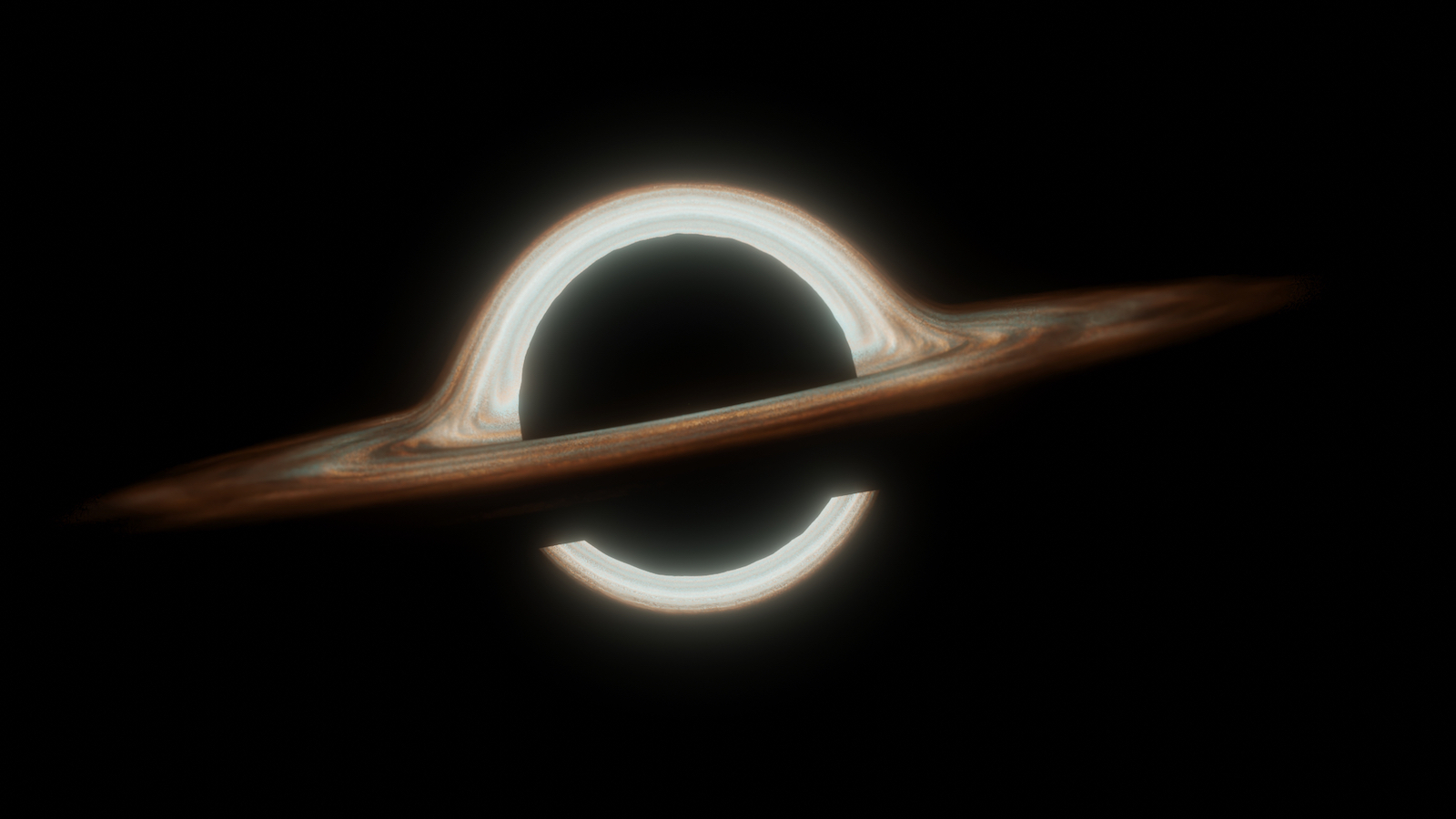
The James Webb Space Telescope has spotted the earliest known black hole in the universe, and astronomers think even earlier ones could have swarmed the young cosmos.
The James Webb Space Telescope (JWST), whose powerful cameras allow it to peer back in time to the earliest stages of the universe, discovered the supermassive black hole, which has a mass of 10 million times that of the sun, at the center of a baby galaxy 570 million years after the universe began.
The cosmic monster could be just one of countless black holes that gorged themselves to ever-larger sizes during the cosmic dawn — the period starting about 100 million years after the Big Bang when the young universe glowed for a billion years. Astronomers aren't sure why there were so many of these black holes or how they got so big. The researchers who found the latest black hole published their findings March 15 on the preprint server arXiv, but the research has not been peer-reviewed yet.
Related: Object mistaken as a galaxy is actually a black hole pointed directly at Earth
"This is the first one that we're finding at this redshift [point in time after the Big Bang], but there should be many of them," lead study author Rebecca Larson, an astrophysicist at the University of Texas at Austin, told Live Science. "We do expect that this black hole didn't just form [recently], so there should be more that are younger and existed earlier on in the universe. We're just starting to be able to study this time in cosmic history this way with the JWST, and I'm excited for us to find more of them."
Black holes are born from the collapse of giant stars and grow by ceaselessly gorging on gas, dust, stars and other black holes. For some of the gluttonous space-time ruptures, friction causes the material spiraling into their maws to heat up, and they emit light that can be detected by telescopes — turning them into so-called active galactic nuclei (AGN). The most extreme AGN are quasars, supermassive black holes that are billions of times heavier than the sun and shed their gaseous cocoons with light blasts trillions of times more luminous than the brightest stars.
Because light travels at a fixed speed through the vacuum of space, the deeper that scientists look into the universe, the more remote light they intercept and the further back in time they see. To spot the black hole, the astronomers scanned the sky with two infrared cameras — the JWST's Mid-Infrared Instrument (MIRI) and Near Infrared Camera — and used the cameras' built-in spectrographs to break down the light into its component frequencies.
By deconstructing these faint glimmers sent from the universe's earliest years, they found an unexpected spike among the frequencies contained within the light — a key sign that the hot material around a black hole was beaming out faint traces of radiation across the universe.
How black holes formed so suddenly across our young comos remains a mystery. Astronomers are still on the hunt for even younger, hypothesized "primordial" black holes, which came into being very soon after — or, according to some theories, even before — the Big Bang. But so far, they remain elusive.
There are two leading theories for how so many black holes grew so quickly after the Big Bang: that they are the remains of giant stars that formed far faster than the ones we know today, or that billowing clouds of incredibly dense gas collapsed suddenly to form the all-consuming singularities in space-time.
"The direct collapse method would have to start with a larger amount of matter in the galaxy directly collapsing into a black hole," Larson said. "It's less likely but it would take less time, and there hasn't been that much time at the point we observed it."
More likely, it is a so-called Population III Star — a category of hypothesized stars that were the first to ever exist in the universe and were made of just hydrogen and helium — that exploded and left behind a black hole around 200 million years after the Big Bang and "then accreted a lot of material pretty quickly and occasionally at a faster-than-stable rate," to swell up to the size that researchers observed, Larson explained.
The researchers will now begin working alongside the team that built MIRI to scan for an even stronger signature of the light from the distant galaxy. Those emissions could contain further clues about how the mysterious black hole formed at the galaxy's center.







